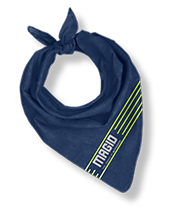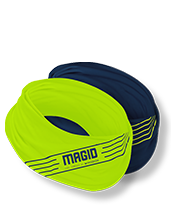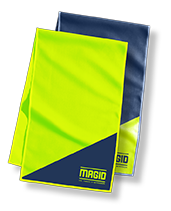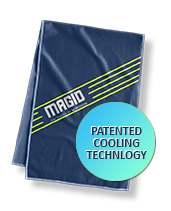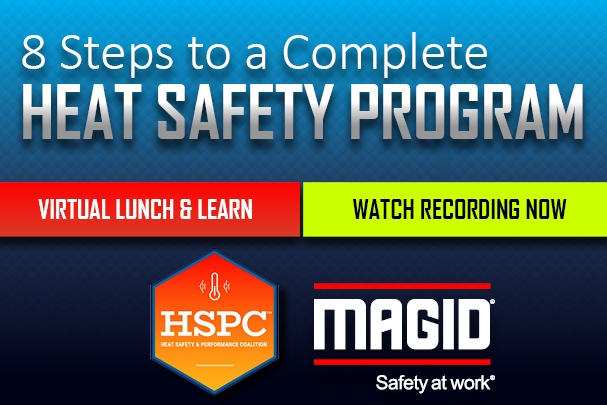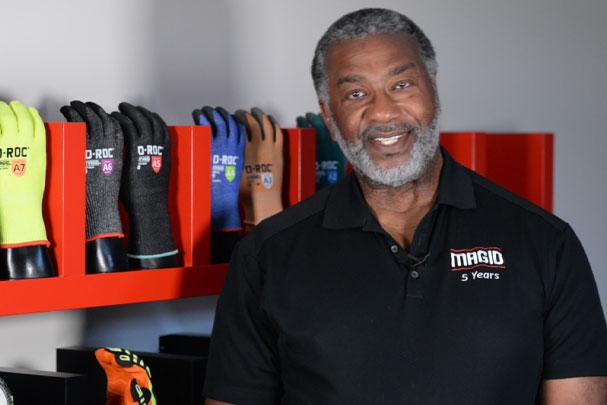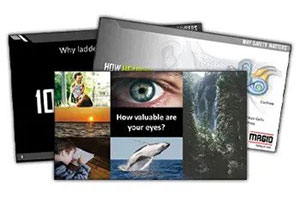
How to Prepare Your Workers for Hot Environments
Some like it hot (but not too hot)! According to the Bureau of Labor Statistics, over 4,000 U.S. workers are seriously injured or die from heat stress every year. Whether your workers spend their days in direct sunlight or they work inside an area with limited air flow, heat stressors within their environment can turn a hot day into a recipe for disaster. But you can prevent these worksite tragedies by understanding microclimates and how they affect jobsites and body temperatures.
What is a microclimate?
Microclimates are a unique set of weather conditions specific to a small area that are different from the larger, surrounding area. So even if the weather report says it’s 80 degrees Fahrenheit, there are many factors that reflect and trap heat and can make your site feel a lot hotter than what the heat index lists. Microclimates can be influenced by both natural and manufactured elements to the area.

NATURAL:
Soil, Trees, Bodies of Water

MANUFACTURED:
Cement, Asphalt, Metal, Machinery
You can determine the exact temperature of your jobsite’s microclimate with a wet bulb globe temperature monitor. A WBGT monitor gives a more accurate reading than a normal thermometer by considering multiple environmental factors such as:
- Air Temperature
- Humidity
- Heat from the Sun
- Wind Speed
Other ways you can protect your workers from heat illnesses include:
Appointing worksite managers to monitor weather conditions and make sure workers follow heat safety policies.
Having cool water and electrolyte-containing beverages readily available in an easy-to-access location close to their work station.
Enforcing regular break periods in shaded areas based on the intensity of your worksite’s temperature and how long your workers have been in the heat.
Investing in quality body-cooling PPE like Magid Cool Powered by Mission bandanas, towels, and skull caps can provide crucial skin-cooling, better airflow, and moisture-wicking for added cooling during shifts. For example, the cooling microfiber towel activates in under 60 seconds, cools up to 30⁰ below average body temperature, and stays cool for up to two hours.
Ready for quality body-cooling PPE that works faster and longer?
Try Magid Cool Powered by Mission instant cooling gear!
TRY IT FREE!



